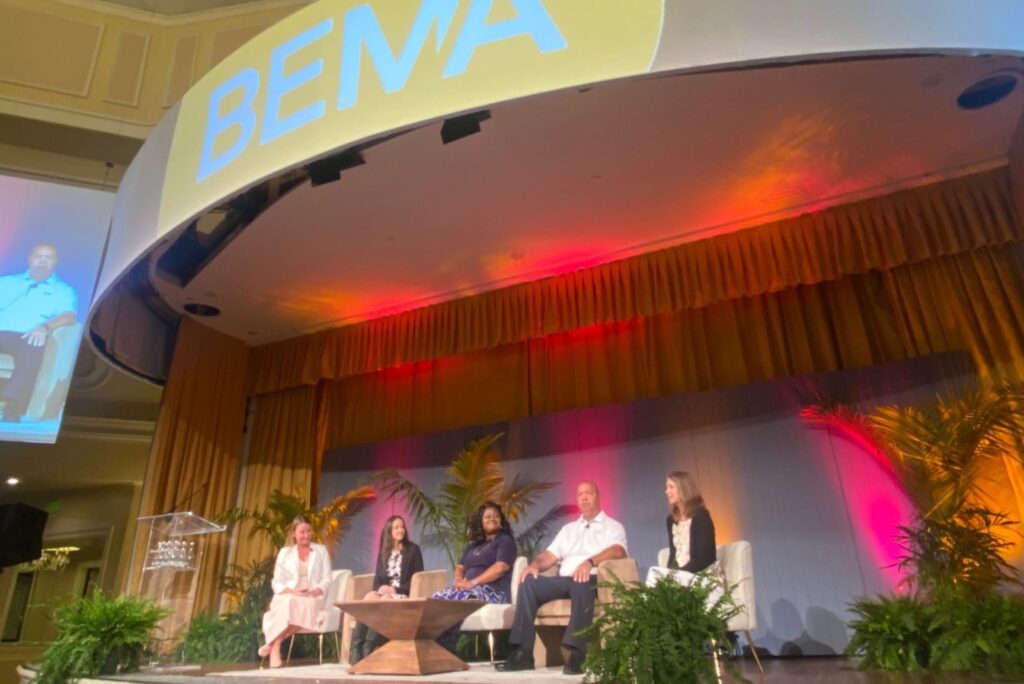SAN DIEGO, CA — Workforce issues were top of mind as professionals across the baking industry gathered at the BEMA Convention 2022. From recruitment, engagement and retention to diversity, equality and inclusion, attendees had the opportunity to discuss a variety of topics focusing on the heart of any organization: its employees.
In a panel moderated by Emily Bowers, BEMA’s VP of education and operations, intention emerged as a key ingredient for success. The panelists — Pamela Clayborne, employee and community engagement specialist at JLS Automation; Nathan Norris, director of diversity and inclusion at Highland Baking Company; Trina Bediako, CEO of New Horizons Baking Company; and Christy Pettey, chief people officer at Kwik Lok Corporation — recognized the workforce today is not the workforce of even a few years ago, and that it’s paramount for companies to meet their employees where they are.
“We recognize that the workforce that we’re dealing with is totally different. And we could decide to do things as we always have, and we won’t have anybody working on the lines,” Bediako said.
Bowers said that manufacturing as an industry is unique in that it’s not unusual for employees to stay with a company for 20 or 30 years or more. Yet as businesses adapt in an ever-changing world, implementing new programming and engaging employees can become even more important.







